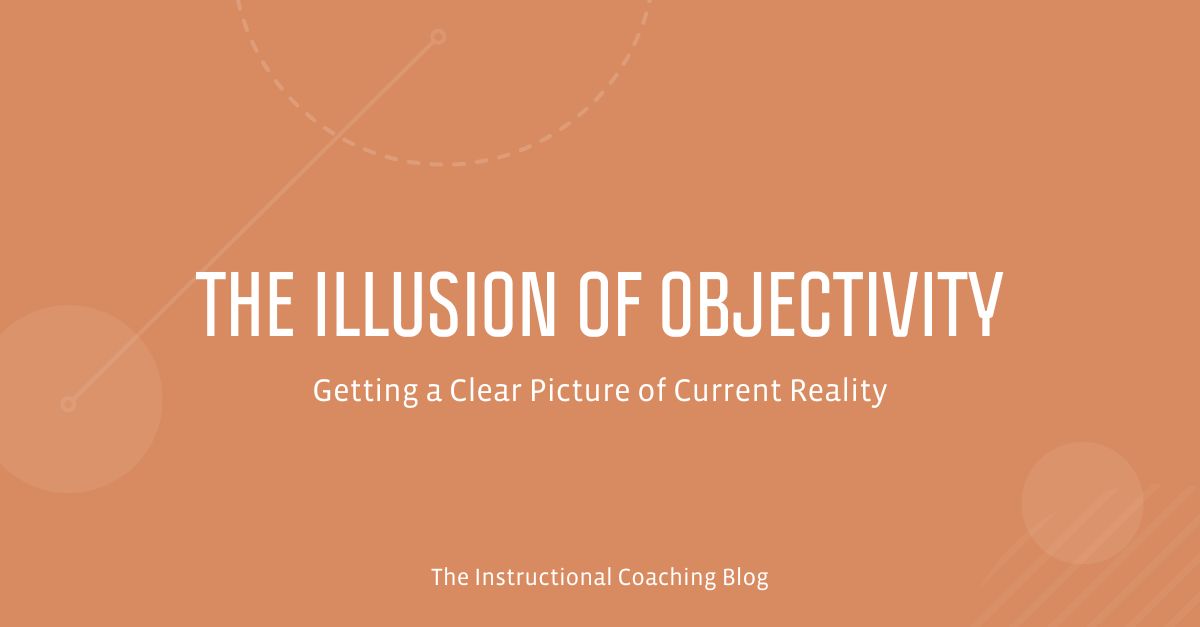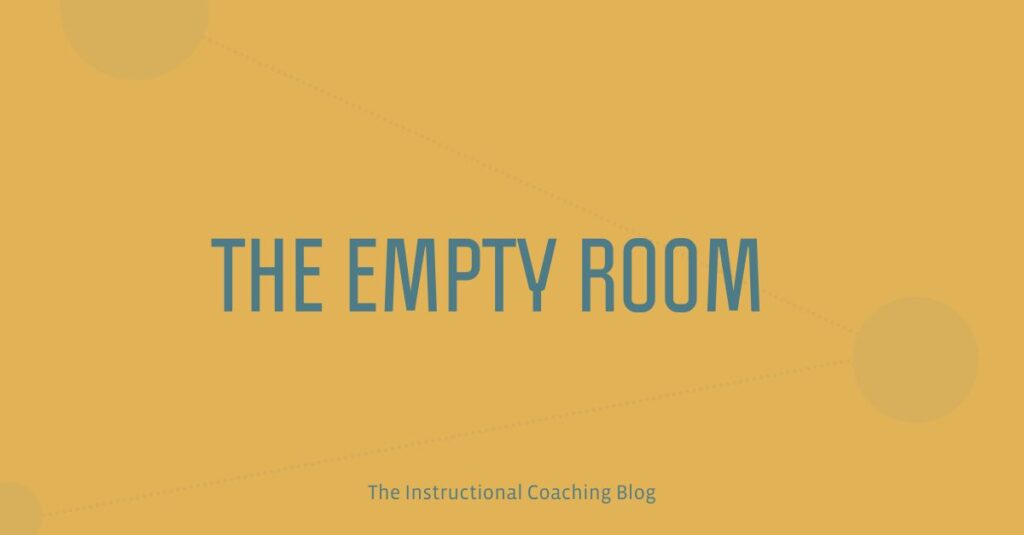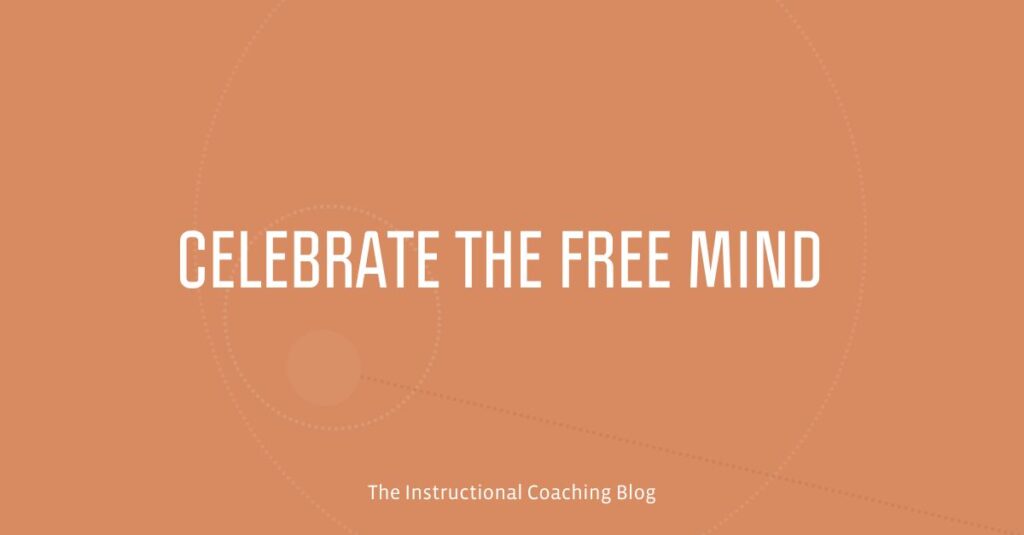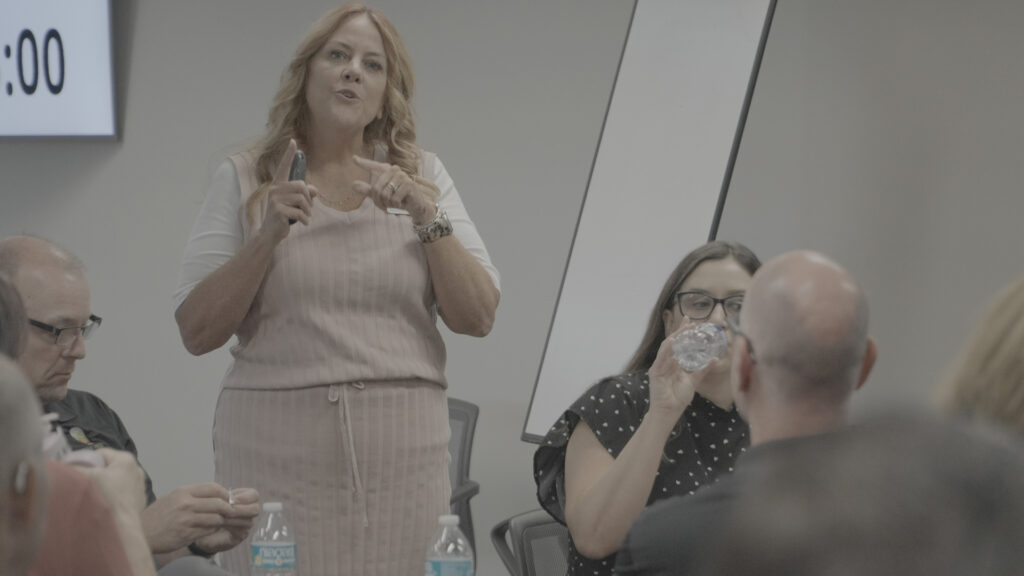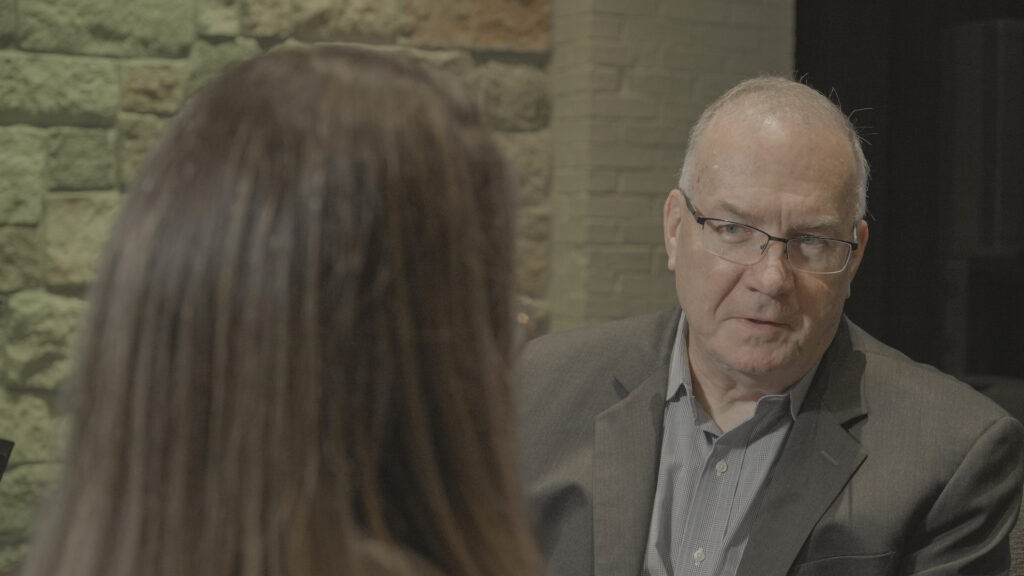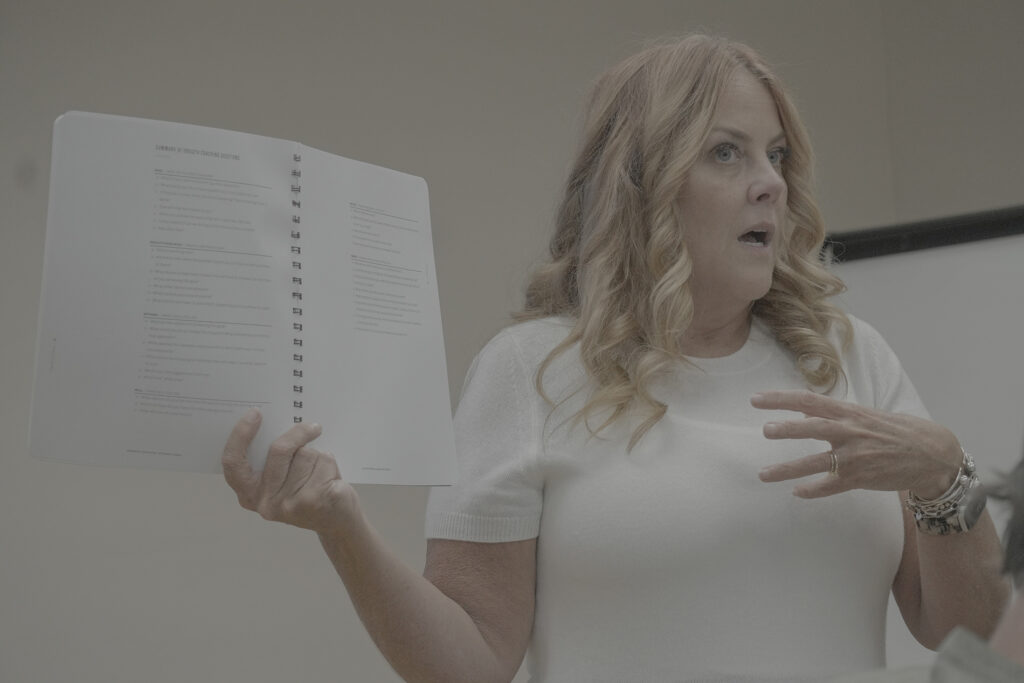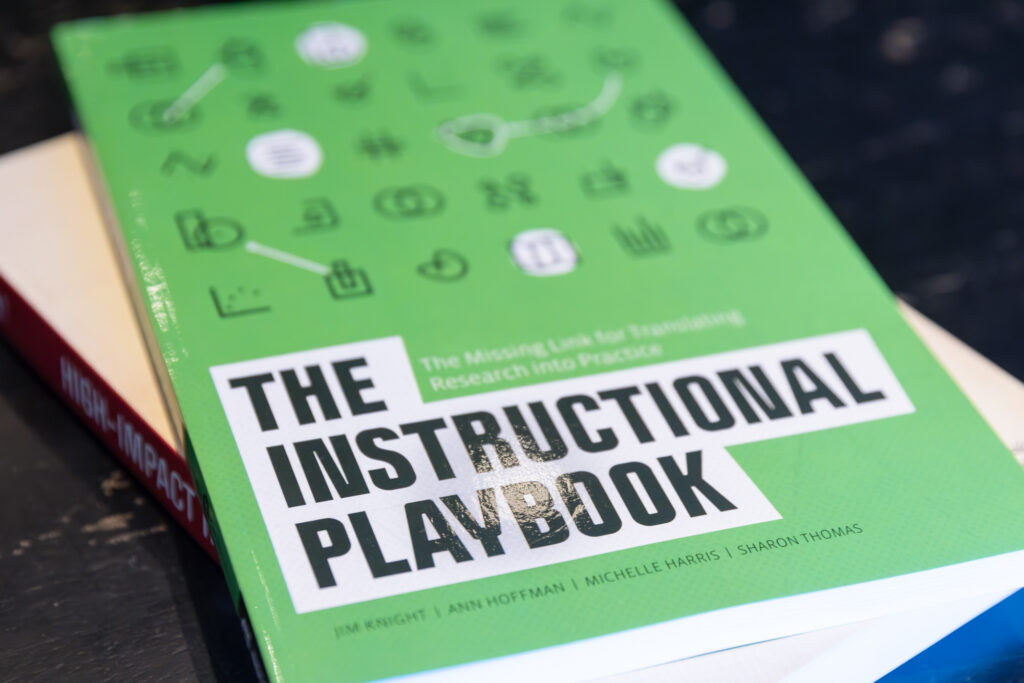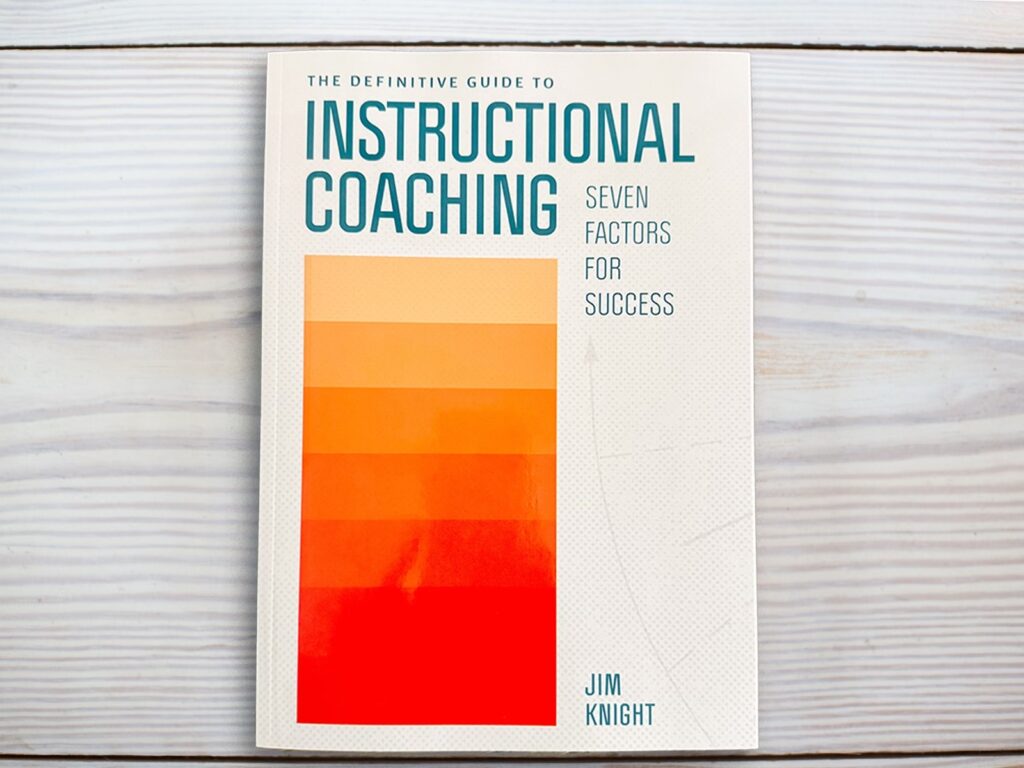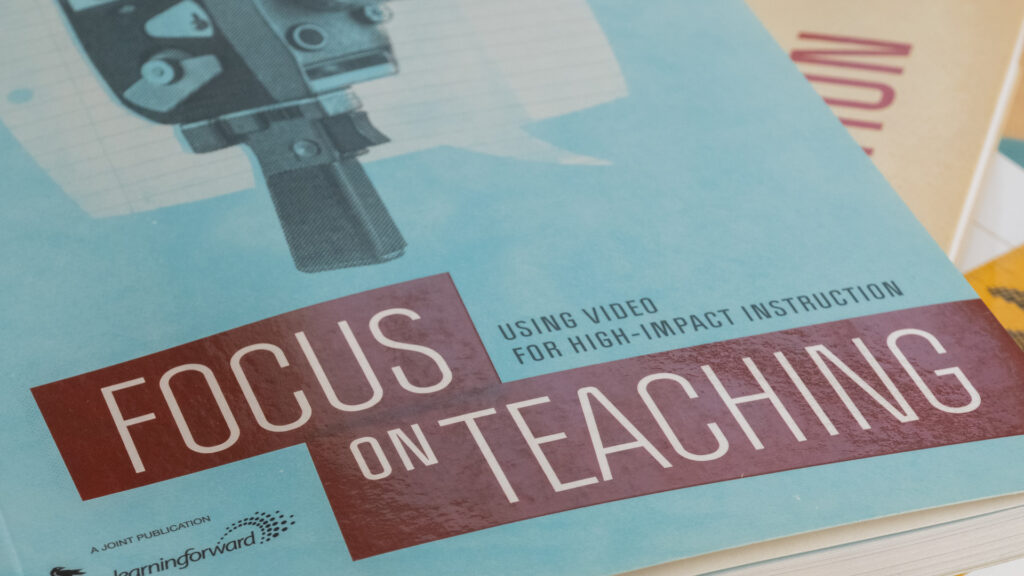In the realm of instructional coaching, one of the most critical insights we’ve gleaned from our research is the necessity for both teachers and coaches to have a clear, shared understanding of what is happening in the classroom. This clarity is not just beneficial; it’s essential. When I embark on the Impact Cycle, my first priority is to ensure that the collaborating teacher and I are aligned in our perceptions of the classroom environment. Without this shared vision, we risk misdirecting our coaching efforts, leading to wasted time and minimal impact on student learning.
Establishing a clear picture of reality allows us to focus our efforts on the most pressing priorities. Just as athletes track their performance metrics to gauge improvement, teachers can benefit from identifying key areas such as student behavior, achievement, and engagement. This baseline not only helps in monitoring progress but also fosters a targeted approach to coaching. When both teacher and coach are on the same page regarding the goals for change, they can work together with laser-like precision.
However, the absence of a clear reality often leads to complacency. Teachers may mistakenly believe that everything is functioning smoothly, which can stifle the motivation to change. This is where the power of a vivid understanding of the classroom comes into play. Recognizing the need for change can ignite a desire for growth, transforming discussions into actionable steps.
To truly see the classroom as it is, educators must acknowledge both areas for improvement and the successes they’ve achieved. It’s all too common for teachers to focus solely on what isn’t working, creating a skewed perception of their effectiveness.
A balanced view—recognizing both strengths and weaknesses—can be incredibly motivating and is crucial for professional growth.
One of the biggest challenges we face is the illusion of objectivity. We often believe we see the world as it is, but our perceptions are colored by personal biases and experiences. As Heidi Grant Halvorson points out in her book, “No One Understands You and What to Do About It,” most of us struggle to view ourselves objectively. This is why it’s vital for coaches and teachers to confront these perceptual errors head-on.
To achieve a clearer picture of classroom reality, we employ three effective strategies: video recording, learning from students, and gathering observational data. Video recording, in particular, stands out as a powerful tool. It provides an objective lens through which we can analyze classroom dynamics, and with the accessibility of smartphones, it has never been easier for teachers to capture their lessons.
In conclusion, to foster meaningful growth through coaching, we must first see where we are with clarity and honesty. This foundational understanding is the catalyst for transformative change in our classrooms.
